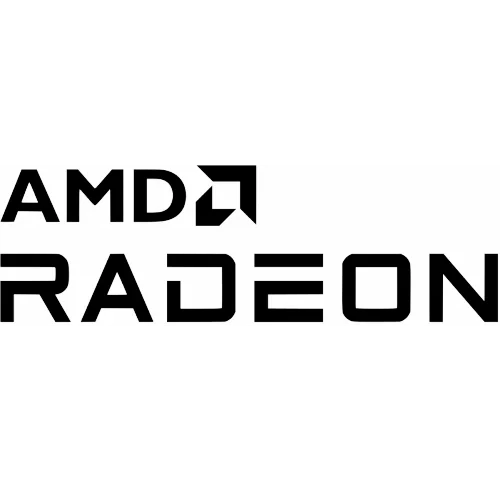AMD Launches Antigua (Tonga) Powered Radeon R9 380X

Under Windows, the R9 380X is reported as beating NVIDIA's GeForce GTX 960 and being a nice upgrade for the mid-range NVIDIA Kepler graphics cards while being about 15% faster than the Radeon R9 380.
The Radeon R9 380X is designed to be powerful enough for 1440p gaming. AMD's AIB partners are running a few different models of the R9 380X including factory-overclocked models, but it looks like the R9 380X will most commonly have 4GB of GDDR5 video memory and a GPU clock speed around 1040MHz. There are 2048 shader units, 128 texture units, and 32 ROPs.
Unfortunately I don't have any access to a Radeon R9 380X for Linux testing as AMD still isn't seeing such numbers published with comparisons to NVIDIA on Linux. However, the R9 380X situation shouldn't be too different from that of the R9 285 with being the original Tonga GPU.
The Radeon R9 380X should work with the next Catalyst Linux driver update. On the open-source side, this Antigua/Tonga GPU will use the newer AMDGPU DRM driver. On that front, you'll want to use the yet-to-be-merged PowerPlay patches for getting decent performance out of the graphics card otherwise the performance will be extremely poor. The PowerPlay support to straighten out this situation will come in the next kernel cycle, Linux 4.5.
If you're still interested in seeing Radeon R9 380X benchmarks, please consider a tip, Bitcoin tip, or Phoronix Premium subscription so I'm able to invest in more AMD hardware for Linux testing.
77 Comments

